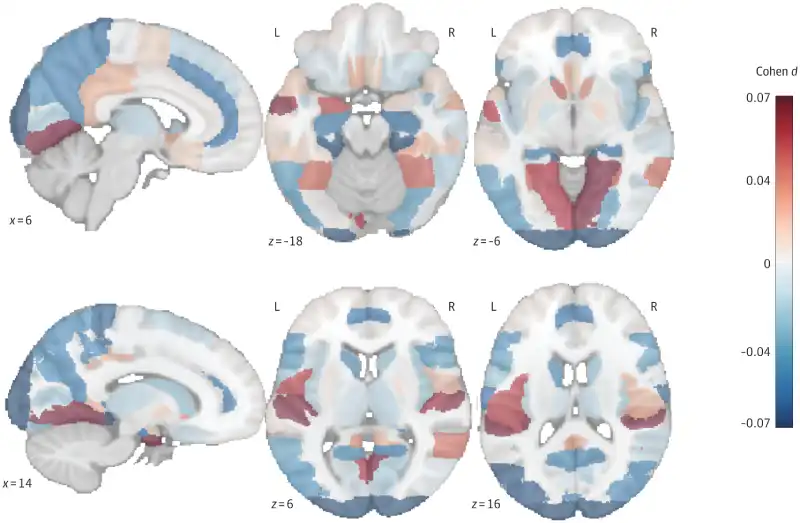Study reveals that cycling reduces risk of dementia

Choosing the bicycle as a means of transportation can be much more than a sustainable option — it can be a powerful strategy to protect brain health. A study published in the scientific journal JAMA Network Open analyzed data from nearly 480,000 people and revealed that those who regularly use bicycles have a lower risk of developing dementia, including Alzheimer’s disease and early-onset dementia.
The study, conducted with participants from the UK Biobank, followed volunteers for an average period of 13 years. The results are striking: individuals who cycled (or combined cycling with other forms of transportation) had a 19% lower risk of developing any type of dementia compared to those who relied on non-active modes of transport, such as cars or public transit.
The benefits are not limited to late-onset dementia, which typically appears after age 65. Cycling also proved protective against early-onset dementia, showing a 40% reduction in risk for this specific group. The research also indicates that this positive effect is even stronger among people without a genetic predisposition to the disease — particularly those who do not carry the APOE ε4 risk gene.
Another significant finding was the direct impact on the brain. MRI scans revealed that cyclists had a larger hippocampal volume — a region essential for memory and learning — and also showed better preservation of gray matter in areas critical for cognitive functions.

Despite the well-established benefits of walking for other aspects of health, in this specific study, using walking as the primary mode of transportation did not show a protective effect against Alzheimer’s disease. In fact, there was even a slight trend toward an increased risk of this type of dementia among those who relied solely on walking.
Surprisingly, driving showed better results than using public transportation when it comes to cognitive protection. According to the researchers, this may be related to the cognitive demands that driving imposes, such as spatial navigation, sustained attention, and quick decision-making.
The researchers highlight that the unique advantage of cycling, beyond providing moderate physical activity, may lie in the combination of physical effort, cognitive engagement, and sensory stimulation. Riding a bike requires route planning, balance, attention to environmental stimuli, and constant adaptation — factors that appear to be crucial for keeping the brain active and healthy.
These findings add to the growing body of evidence that accessible forms of physical activity, such as active transportation, are effective strategies for reducing the risk of dementia. According to the authors, this association remains significant even after accounting for other lifestyle factors, such as diet, leisure-time exercise, medical history, and socioeconomic status.
Reference: HOU, Cunpeng; ZHANG, Yaqi; ZHAO, Feiyang; LV, Yanling; LUO, Mengyun; PAN, Chensheng; DING, Ding; CHEN, Liangkai. Active travel mode and incident dementia and brain structure. JAMA Network Open, [S.l.], v. 8, n. 6, p. e2514316, 2025. DOI: https://doi.org/10.1001/jamanetworkopen.2025.14316.






